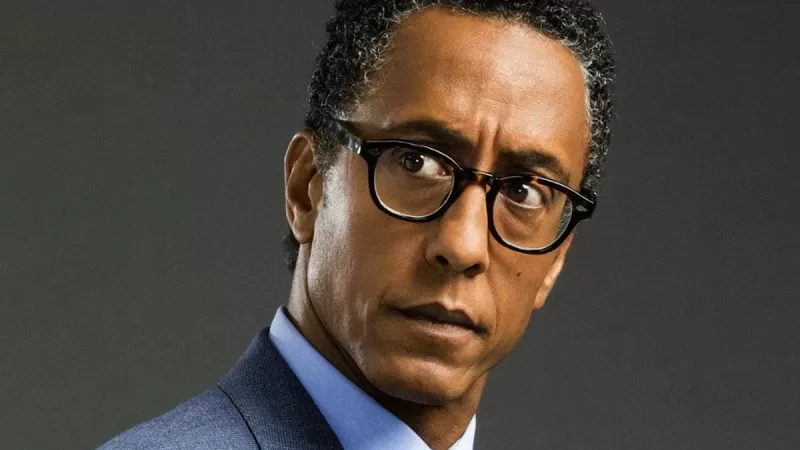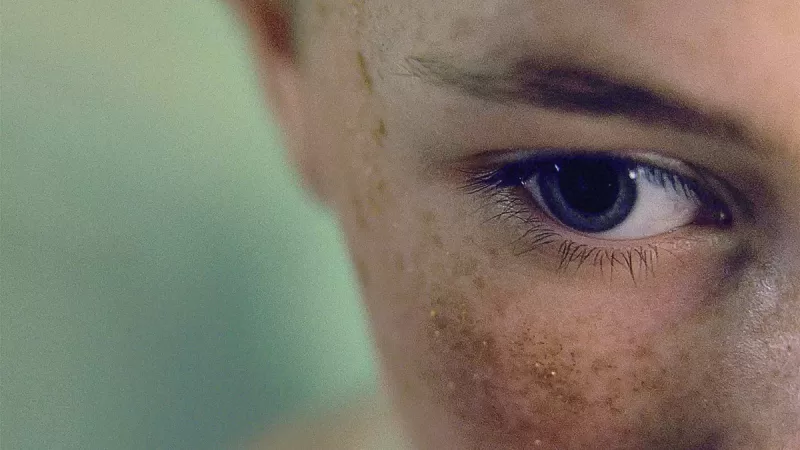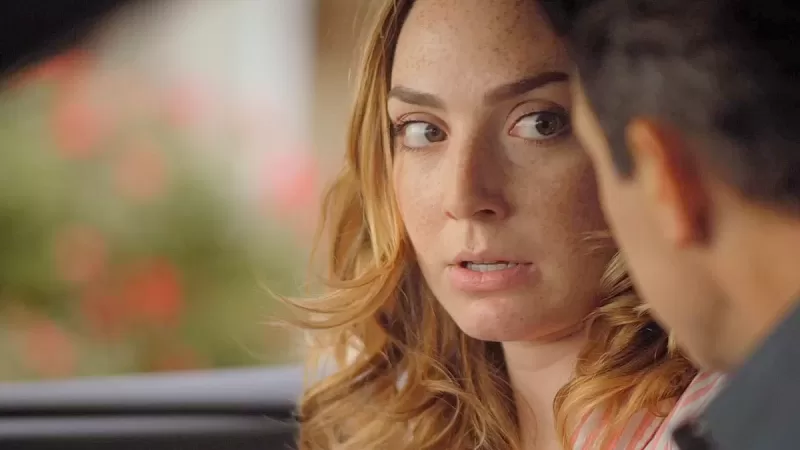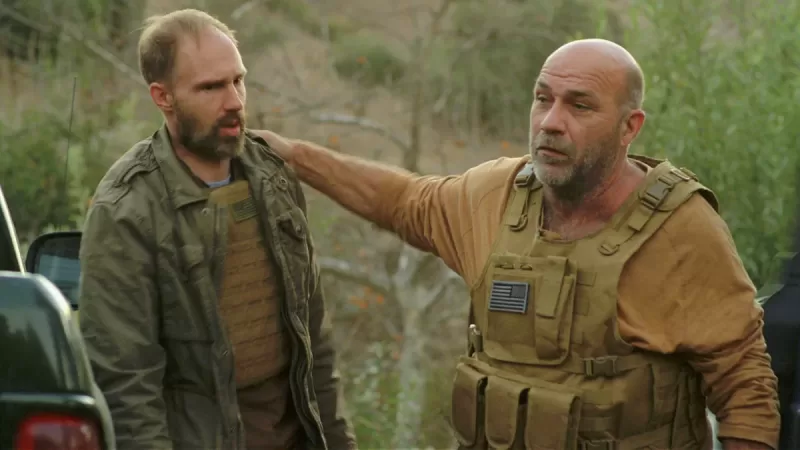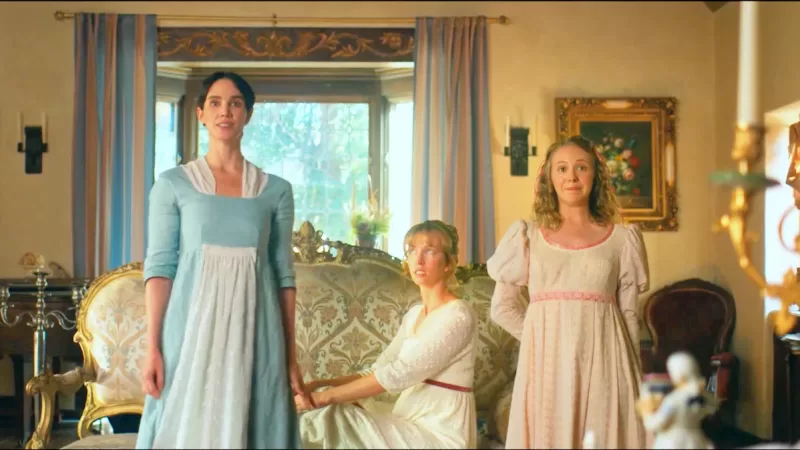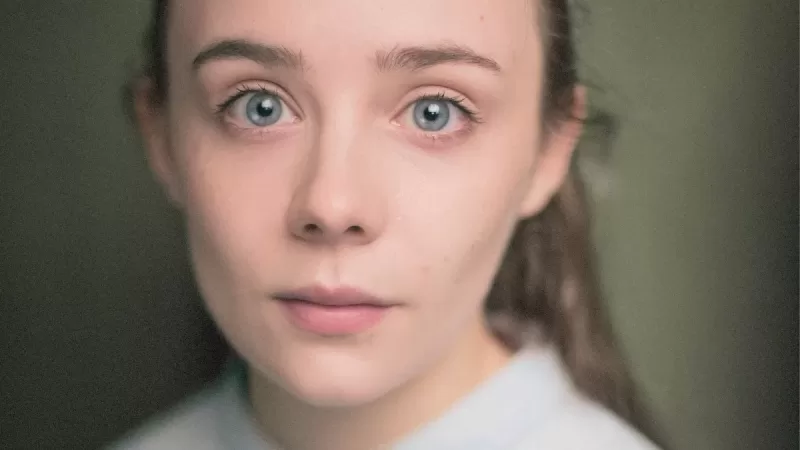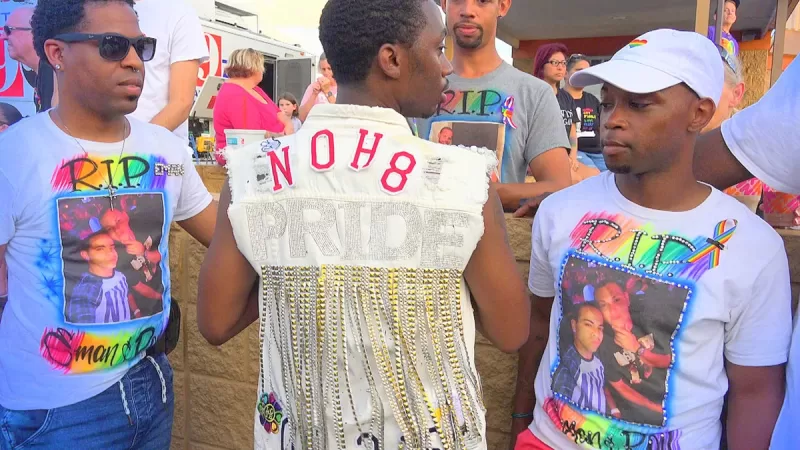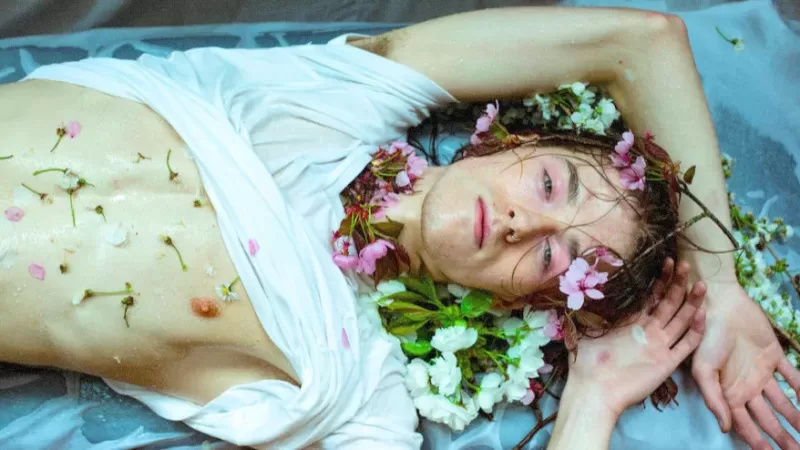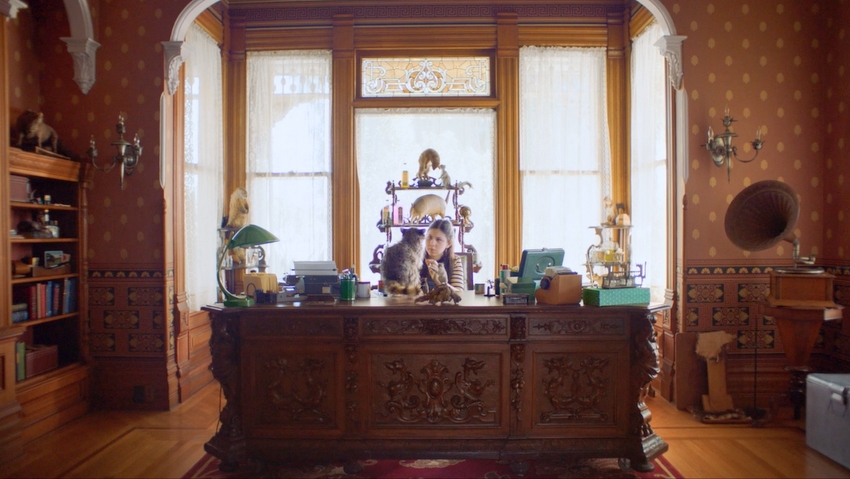
Marc de Bertier is a rising Production Designer who has been catching attention for his distinctly creative design eye. He was Born in Italy and raised in Paris, France. Marc is a recent graduate from Chapman University’s Dodge College of Film and Media Arts.
With more than 30 projects under his belt, Marc has been racking up awards for many of them. He won ‘Best Production Design’ at Indie Short Fest, Gold Movie Awards and Caorle Film Festival. For the fantasy short, Calamity Falls. Where he was tasked with combining elements of the 60’s with a Victorian estate. His credits include designing the dystopian future for the Caucus Award winning TV project Veil. The notable AI atmosphere of the sci-fi drama Athena. He co-designed another festival favorite, the retro-futuristic sci-fi pilot Baby I’m Yours. And is fresh off working in the art department on Showtime’s hit comedy series Black Monday. Later this fall, Marc’s skillfully modern design can be seen in the on-demand feature film release Static.
indieactivity: How did you get into production design?
Marc de Bertier: The short version is I found out when I started film school at Chapman University. The slightly longer version is that at Chapman they encourage you to go on set. And that from day one and help out on senior level productions. When people asked me what I wanted to do, my options were pretty much basic. Carrying c-stands and sandbags, getting lunches and crafty. Or doing small arts and crafts projects and help out with dressing the sets.
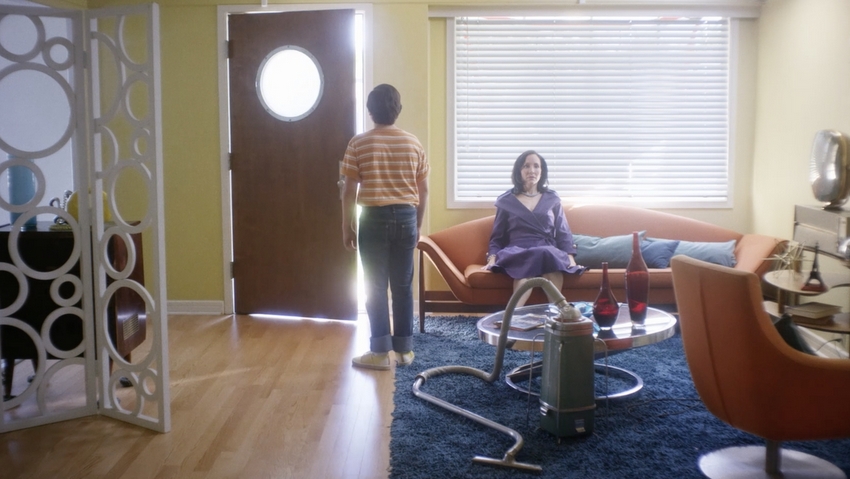
When presented with those options, the most creative and enjoyable one for me was clearly the latter and that is how I signed up for my first set as an Art PA. From there I kept working in more and more art departments. I got involved in building sets, and pretty quickly realized that it was what I wanted to do. I’ve always really enjoyed building worlds in my head since I was a child. And one day it became obvious to me that Production Design was the right path for me.
indieactivity: Can you briefly explain your creative process from the start of a project to the end?
Marc de Bertier : My process is pretty straight forward I’d say; it all starts with the script. I picture what I envision the final movie to be in my head as I read it. As production designers we are the first person tasked to transform the words into visuals. So having that first “gut visualization” is very important to me. I try to read the script a couple days before I meet with the director. Usually the night after I did my first read I fall asleep at 4 or 5 am. Because, all I can think in my head are sets, story, and the way it’s all going to look. It can get quite obsessive.
During the meeting with the director I mostly try to see what they envision. The references they have, and then we have a creative conversation. Where we bounce ideas around, brainstorm and make sure we’re one the same page. We get on in terms of tone, mood, general aesthetic, etc. Then begins the actual design phase where I’ll do some mood boards, digital models, concept art and build my team. From there it’s all location scouting, prop house trips, and drafting. If there’s a build involved, and then there’s a whole lot of other matters to think about. What tends to happen naturally is we focus on the big picture first. The main sets, layouts, colours, and then slowly getting more and more detailed. This as the main decisions get locked in and the shoot date approaches.
Clips showing various production design, and set designs for film, TV
I tend to be very detail oriented. So sometimes I think of a very specific detail when first reading the script. For example, but generally speaking this is my process. And in parallel there are all of the logistical matters that need to be taken care of. And depending on the size of the crew, I sometimes have to handle them. That is where is it crucial to not get too sucked into the technical/logistical. In order to keep at least part of the focus on the creative side.
indieactivity: How do you balance a director’s vision with your own style on a project?
Marc de Bertier : That is very good question that I have had to navigate very quickly. Ideally, they are the same, but if not, I would say the answer is two-fold. (1), be as flexible as possible, and (2), have little ego.
Every director I’ve worked with is different. As a designer you have to learn to adapt to your director’s way of working. I’ve worked with some that let me do my thing from start to finish. And only will tell me if something looks wrong. Others have an extremely specific vision in their head of the smallest little detail. In both ways it’s challenging. In one case you are given very little guidance. I have to think of everything. Which can be challenging because these directors are usually the kind that will tell you what they want. And after you’ve designed what they want they realize they don’t like it. And it can become frustrating very easily because you realize they actually don’t know what they want.
In the other case, when the director knows what he wants so specifically that it is hard for me to feel like the decisions are mine I tend to focus on the big picture more, and I can convince the director to change his/her mind by giving arguments that relate to the overall look of the film, which they tend to forget since they’re so focused on details. And there you have to pick your battles, too. And the second way to balance a director’s vision with your own is to convince them your ideas are theirs. You can pitch a look or blocking or beat in a scene and have the director take it and claim it was His/hers. You’ll seldom get the credit but if your idea makes it into the director’s, that’s all that matters.
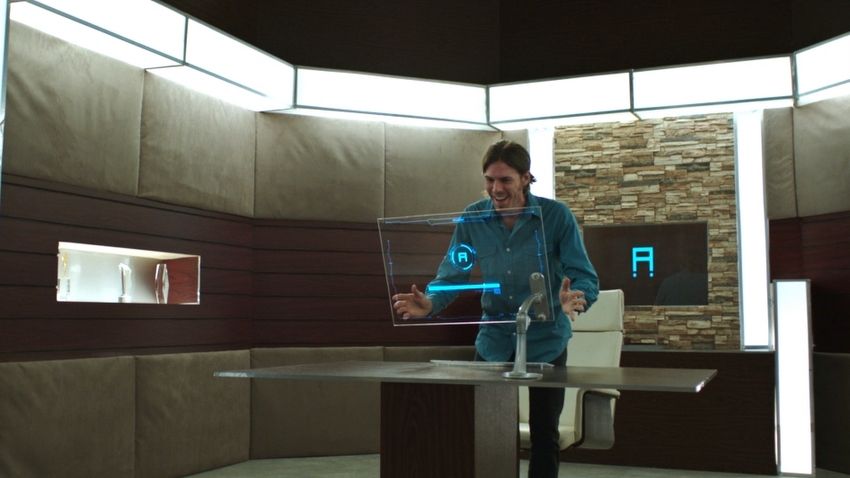
Are there certain elements in a script that you tend to visually focus on the most?
Marc de Bertier : Honestly, whatever jumps out at me the most. It’s never the same elements every time I read the script. Sometimes colours jump at me, other times it’s a motif that I can introduce throughout the film, or the blocking becomes immediately apparent and I’ll design the set around that (this element is extremely important when designing a set). I also think of how I can make the set tell the story rather than be the setting for the story.
One way I’ve found to do that is change: if the set changes visually throughout the film, then it’s saying something about where the story is compared to where it was before or where it will be compared to where it is now. The same way I try to be as flexible as I can with every director I work with, I try to be equally as flexible with every script I work on. Some will be set in the 21st century and be extremely low budget so I’m limited in how much I can actually design so I’ll focus on details, character objects, and others involve world building and have more resources so it’s really a different approach for both scripts.
Any project you wish you could “do-over” and why?
Marc de Bertier : Yes. The first project where I was a production designer that involved a location build was an absolute disaster. I was given $1000, one night and one person to turn a huge empty white room into a Cold War Russian bunker. That was four years ago and needless to say it did not go well but I have learned so much from that experience and feel like it would be a totally different movie if I were to redesign it now.
Having worked in both film and TV, are there any differences from your perspective? And, do you prefer one over the other?
Marc de Bertier : There are a few key differences between film and TV, the main one being the pace of things. In TV everything goes really fast, the scripts for episodes get released very close to the shoot dates while the current episode is being shot, which means there is very little design time, few revisions, and most times you have to compromise because of that time factor. On the other hand, in film you have the one script from the beginning, and even if it changes at least you have an idea of what the whole project entails.
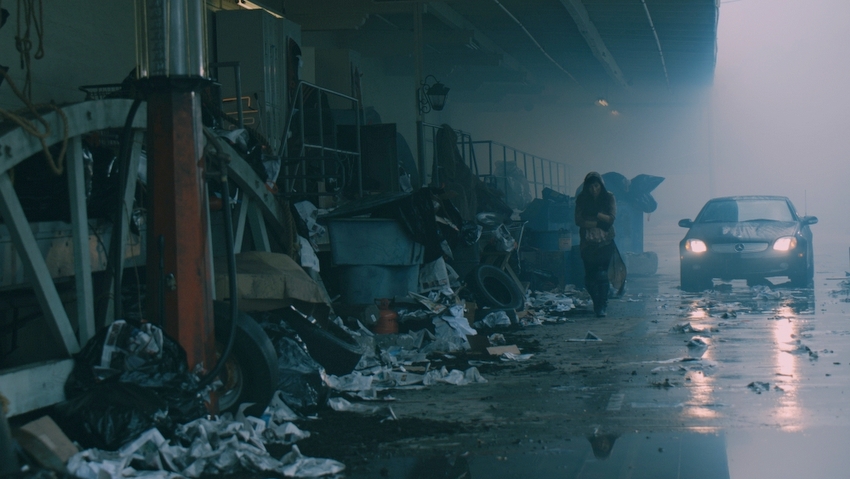
Generally speaking, you have more design time (except on ultra-low budget ones), so you can revise and perfect your sets more, add more details, take the time to look for the perfect object or material instead of finding the first thing that works. On average too, I’d say film is higher concept than TV, so the opportunities to create cool things with a budget are greater in film. I have a friend who prefers TV because he doesn’t like to revise his sets and work on them over and over again, but personally I prefer taking my time and making something perfect rather than just doing a lot really fast, so I tend to like film more.
But both offer varying challenges that are exciting and hopefully I’ll be able to jump back and forth between the two throughout the course of my career.
Where do you look for inspiration?
Marc de Bertier : Inspiration for me comes from everywhere and anywhere. I have a folder on my laptop called “inspiration” and every time I come across a cool image or idea, I throw it in there. Walking around and seeing new things is a great source of inspiration too, as well as alone time inside my head. I never go to the same few places for inspiration, I always aspire to make something new that has never been seen before and be as versatile as possible so I try to change it up and come up with something different every time.
Any tips for other aspiring set designers?
Marc de Bertier : Assert yourself, the indie world undervalues designers, they consider us on-set dressers so sticking up for yourself and your department is key. Educating producers, directors and cinematographers about the art department is essential too. Otherwise our job will always be under appreciated and overlooked. On a more creative note, take risks, you’ll learn the most when you fail, so try to compromise as little as you can even though the definition of filmmaking is compromise. And enjoy yourself. This job is too hard, time consuming and underappreciated to do it if you don’t pour your heart and soul into it, so do things you love and things you’re proud of and it’ll show in your designs.
What would you like to change about the film business?
Marc de Bertier : I touched on it a little in the previous question, but the position of the production designer, especially in the indie world, is often seen as a job that is only about the execution and I would like for producers, directors and cinematographers to really recognize that there is knowledge, skill and craft that go into our work, that it’s not because everybody has an opinion about the colour of the couch that anybody can do our job. More generally I would also like to change the mentality of the profit over the originality.
I understand that it takes a lot of money to do what we do and I’m not suggesting we only make ultra-low budget productions, but we’ve entered into an era where profit is so important that the creativity of the industry suffers from it. There are no original ideas anymore which truly saddens me especially when they’re doing remakes of movies that came out five years ago because it is guaranteed to make money at the box office. For me new stories, new characters and new worlds is far more exciting than seeing remake after remake.
Lastly, who is your creative idol and what do you love about their work?
Marc de Bertier : Tim Burton’s worlds and universes is really how I got interested in film in the first place. I’ve always been in awe in front of his movie’s production design even before I knew what production design was or that I knew I wanted to work in film. The quirkiness and uniqueness of the sets in his movies, the seamless blend between expressionism, fairytale, cartoons and real world is an aesthetic that really resonates with me and I hope to one day be able to mix styles to create something original as visually engaging as some of his most exciting works (Big Fish, Edward Scissorhands, Sweeney Todd, Corpse Bride…).
Socials
Website
IMDb
Facebook
Hub
MORE STORIES FOR YOU
Andre Royo to Deliver Keynote Address at Beyond Hollywood Int’l Film Festival Awards Night
Andre Royo is at Beyond Hollywood Int’l Film Festival Release April 28th, 2024
CLODAGH Directed by Portia A. Buckley is an Official Selected Short at Cleveland
CLODAGH has been selected for the prestigious Cleveland International Film Festival
Stargazer by Alan McIntyre. A Spellbinding Tale of Science, Seduction and Betrayal Debuts April
Stargazer Gets Digital Debut for North American VOD Platforms and DVD on April 30, 2024
Day Labor by R. Ellis Frazier, Action Thriller Gets May Release
Freestyle Digital Media Acquires Action Thriller “Day Labor” For May Release
Jane Austen’s Period Drama Wins Audience Awards at Cleveland International Film Festival
Julia Aks and Steve Pinder’s Whimsical Comedic Short Wins The Audience Choice Award
Thomasin Lawson, Joins Honor Swinton-Byrne and Greta Bellamacina on “All Five Eyes”
Alta Global Media on board to Executive Produce the US/UK Co-Production
Exclusive Interview with Aleesha Yates on Feature Documentary, “Surviving Pulse”
Aleesha Yates is a driving force behind making “Surviving Pulse: Life After a Mass Shooting” feature doc.
Jack Roper Joins Cast of Bruno Pischiutta’s Mega-Film Project, The Trilogy
British Actor Jack Roper joins Stephanie Tripp, Seven Grant, and Cristina Perez

